Some of the questions that health coaches or fitness trainers always encounter are how many exercises per workout to show results? How long will I see the body that I want? How long should I do this? And many more.
To end these questions, we created this article to help you understand the things that you need if you want to start a workout. If you are a beginner always remember that patience is a virtue. You’ll go through a lot of adjustments before you get the body you want, but that doesn’t mean that it will take forever.
Apparently, there’s a lot of things you need to consider to make sure you’re taking advantage of the routine that you’re doing. With all this information, we hope that you’ll grasp the essence of an effective workout routine and how it can help you achieve those results.
We gathered all the information you need to set you up. May this be your first time doing a workout or you’re trying a new workout routine, it’s still better to work smart and efficiently.
Although following these will not give you overnight results, but you’ll definitely see it faster.
So, if you’re wondering how many exercises per workout to show results then read on…
Know your volume

Volume refers to the number of exercises, sets, and repetitions that you do on each workout. The volume will depend on what your goal is during your workout.
Do you want to increase your muscle mass? Do you want to lose weight? These will determine the volume that you’ll do on your workout.
Once you know what your goal is. The question that you should be answering now is “How many total repetitions should be completed each week?”.
Once we get that number, we can now break everything down throughout your workout. In this way, we can plan your daily and weekly routine.
Of course, the volume will depend on the muscle group that you want to target. Large muscle groups like your quadriceps and back will need 90 and 120 repetitions while small muscle groups like biceps and triceps need between 50 to 70 repetitions.
Take note if you’ll be using heavy equipment, the heavier it is the fewer the reps should be.
How often should I work out?
Now that you know your volume, let’s now know how often do you need to work out. We can divide it into four parts; Strength, Cardio, Endurance and Rest.

Strength Training
- 2- 4 times a week
- 3+ sets of 6-8 reps
- Rest: 60 – 90 seconds per set
- sample exercises: lifting weights, using resistance bands, push-ups, sit-ups and squats
This will help you build your muscles and strength. You can do this for 2 to 4 times a week as you have separate days for your larger muscle groups and smaller muscle groups. For beginners give yourself several weeks of conditioning before you add this to your workout. You may also need a spotter for this.
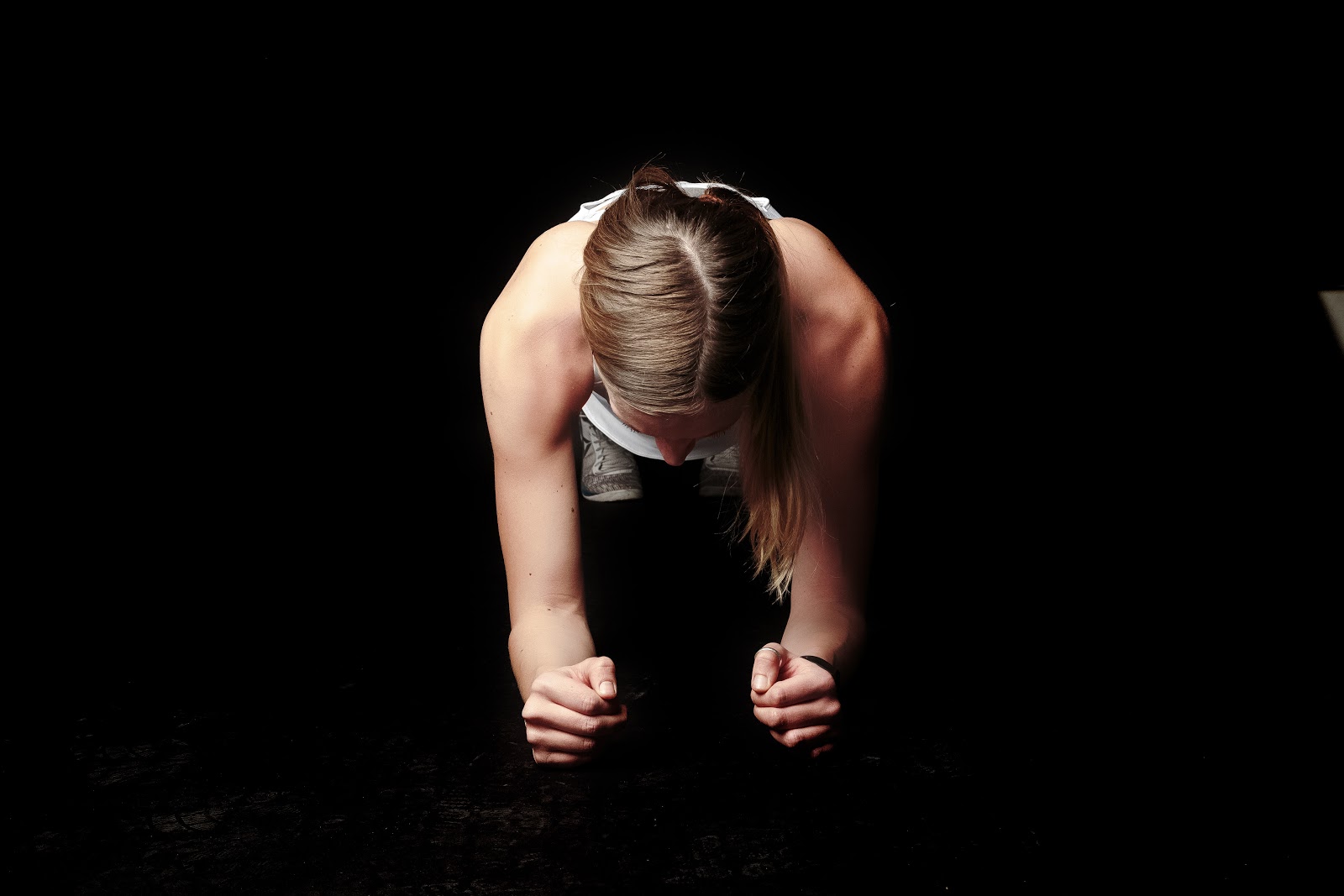
Endurance Training
- 2-3 times a week
- 1-3 sets of 12-16 reps
- Rest: 30 seconds to a minute per set
- sample exercises: light weight lifting, plank, walking lunges and situps
Take note that you will only need weights that’s enough for you to complete the desired reps. You only need to use lighter weights here. Doing these exercises will train your muscles to perform for an extended period of time. That’s why you need to do a lot of reps before getting tired.
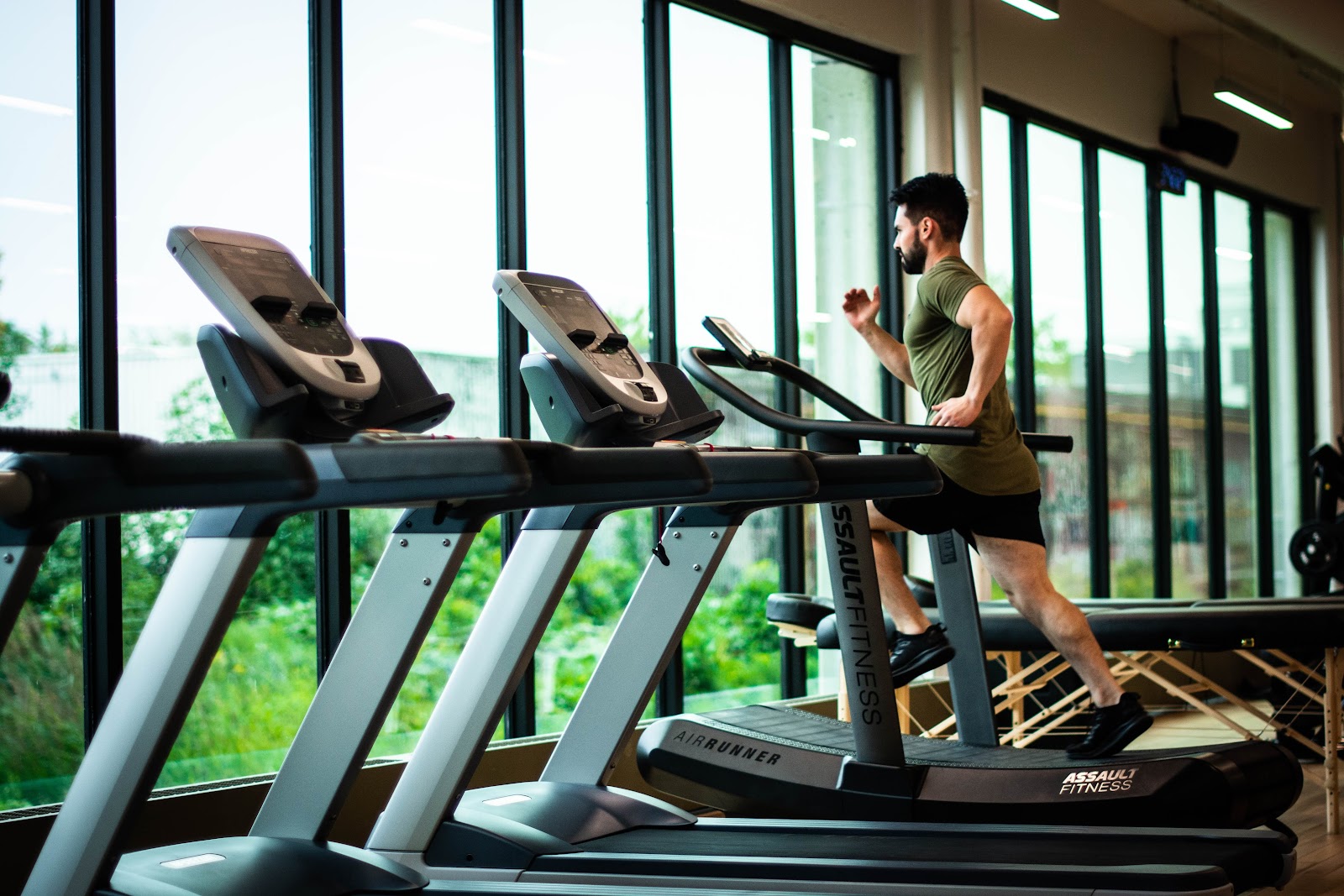
Cardio:
- 2-3 time a week
- 120 – 150 beats per minute
- Duration: 45 – 60 minutes
- sample exercises: Running, brisk walking, HIIT and Circuit.
Cardio balances your workout routine that’s why it’s added every time. Doing cardio keeps your circulatory system working to help you recover faster and it keeps your endurance up. This increases your metabolism, helps your body utilize oxygen and gets those calories to burn faster.
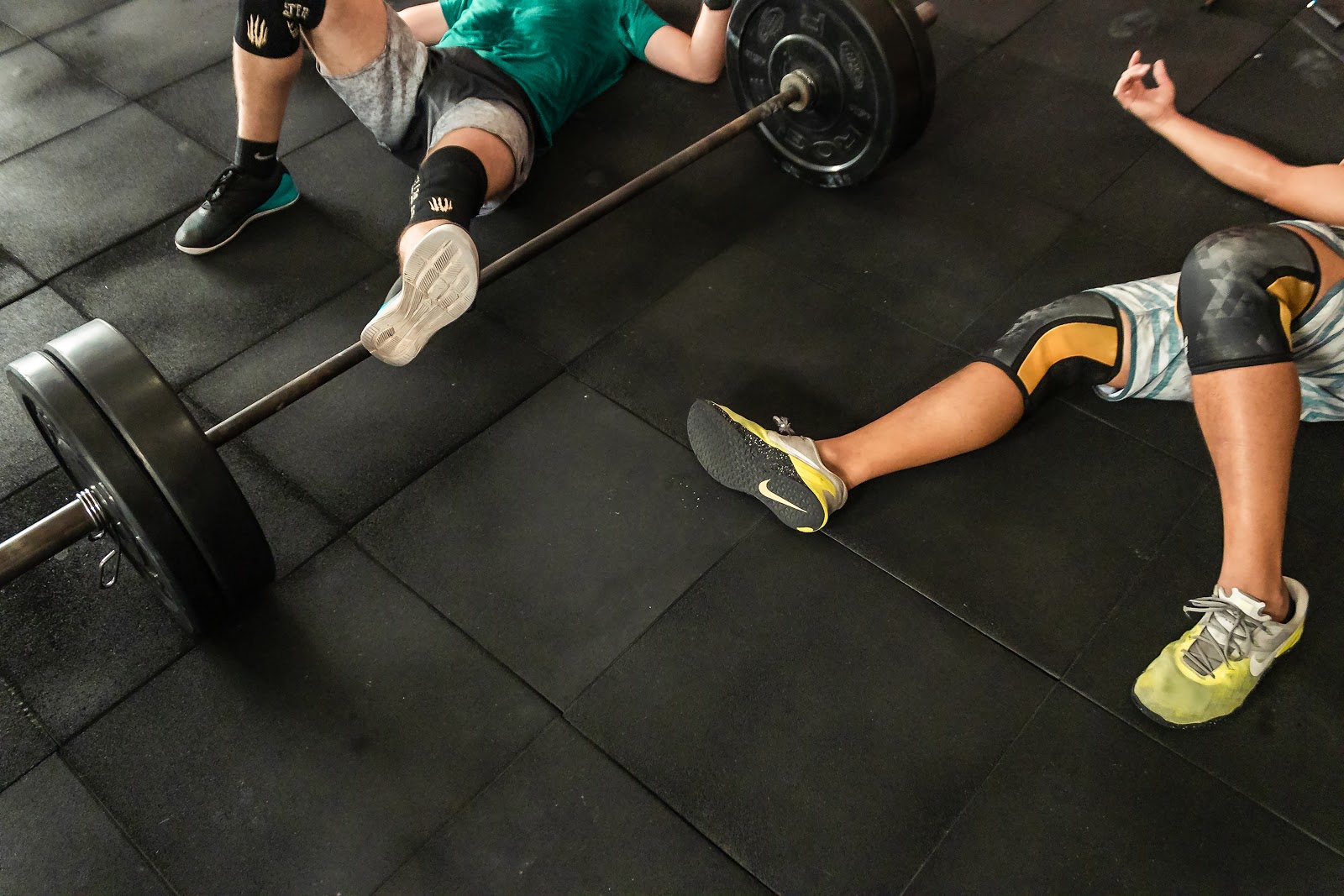
Rest days:
- 2 times per week
- Need to be active for 30 – 60 minutes
- Light cardio is enough
- Sample activities: Yoga, relaxed mat Pilates Class and walking
Taking rest days for your workout will help your body recover and rebuild. In this manner, it will be easier for you to go back to your workouts fresh and ready for your routine. However, taking a break doesn’t mean you don’t need to do anything. It is encouraged that you still be active and do light cardio during your rest days. You can do something that you enjoy that’s active and will assist in residual fatigue.
Now that you know what your workout should look like there are things we need to explain. We know you wanted to know results but hear us out on this.

“More” doesn’t not equal “Better”
This is the biggest misconception when it comes to working out. The saying “More is Better” shouldn’t always apply not unless you’re training for a marathon or other long endurance event. Follow the correct number of reps and sets to optimize your workout and to get the result that you want. Doing more will not make the result show faster, it won’t do any good and will only cause burnout.
With this in mind, doing more situps, push-ups or lifting will not help you out in any way. Yes, this may look like the best thing to give faster result but it’s a perfect recipe for injuries. Especially if you are a beginner at workouts. You don’t need more, but you only need enough to get the results you wanted without compromising your health and body.
This won’t mean that you need more rest day due to sore muscles after your first few days of workout. It’s best to go back to the gym even with sore muscles to let them adjust. So, don’t try to break your week’s schedule!
Focus on Intensity
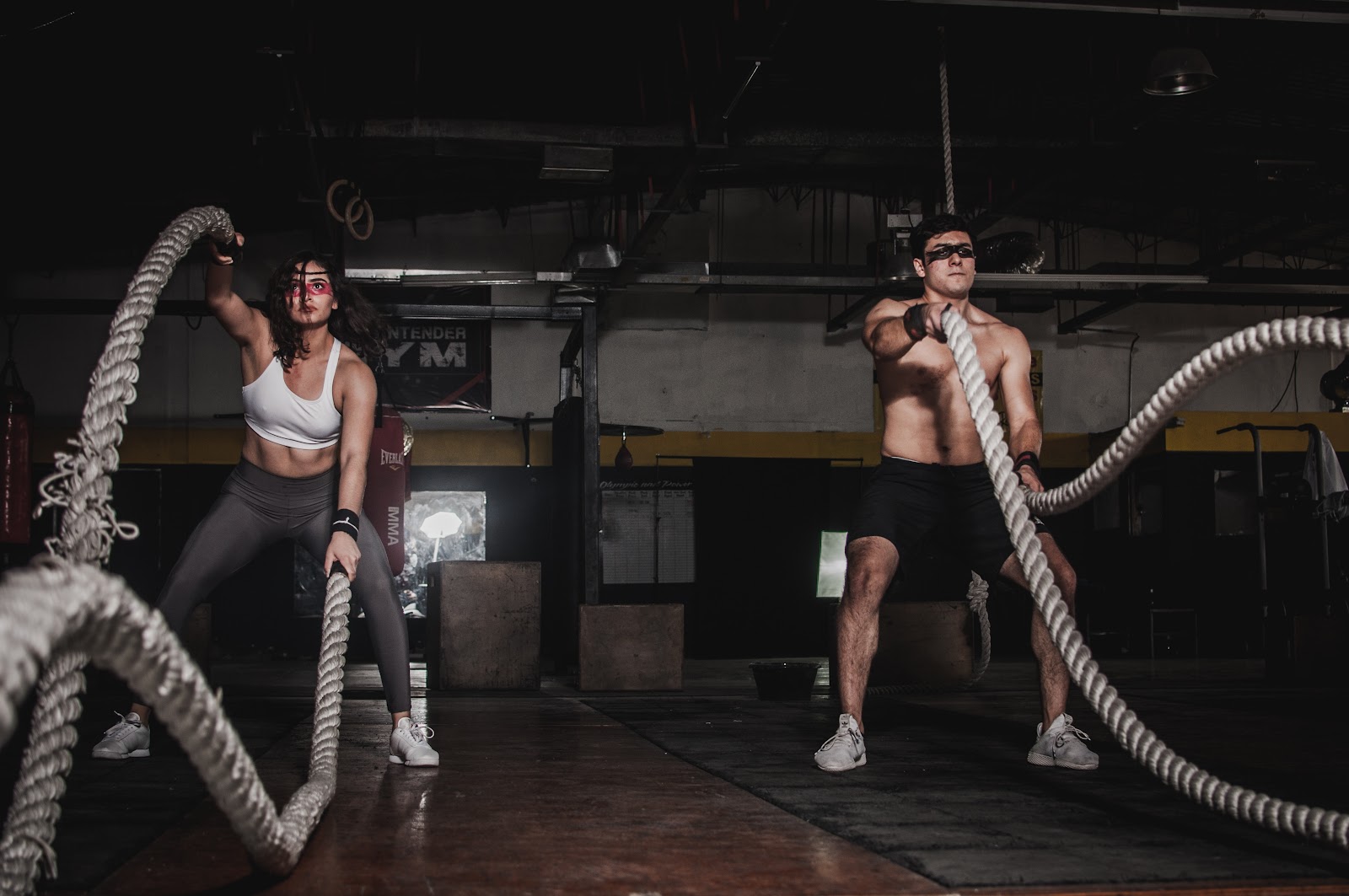
Instead of focusing on increasing your reps and sets, you need to focus on the intensity of your workout more. This will help you achieve the goals that you want for your body. An example of this is if you’re gaining muscles you stay on the number of reps and sets but you increase the weight over time. That’s intensity and that will produce the result for you.
So, stop thinking of adding more reps or sets on your workout because it won’t help you achieve the results faster. What if I’m doing situps, squats or running? How can I add intensity to it? Instead of adding more reps or sets, add weights or resistance to it. You can hold a dumbbell, a weight plate or use a resistance band when doing your situps or squats. If you’re running on a treadmill set it on a certain angle for an uphill run or increase your speed.
There’s really no need to add more numbers to your workout at all.
Plan weekly
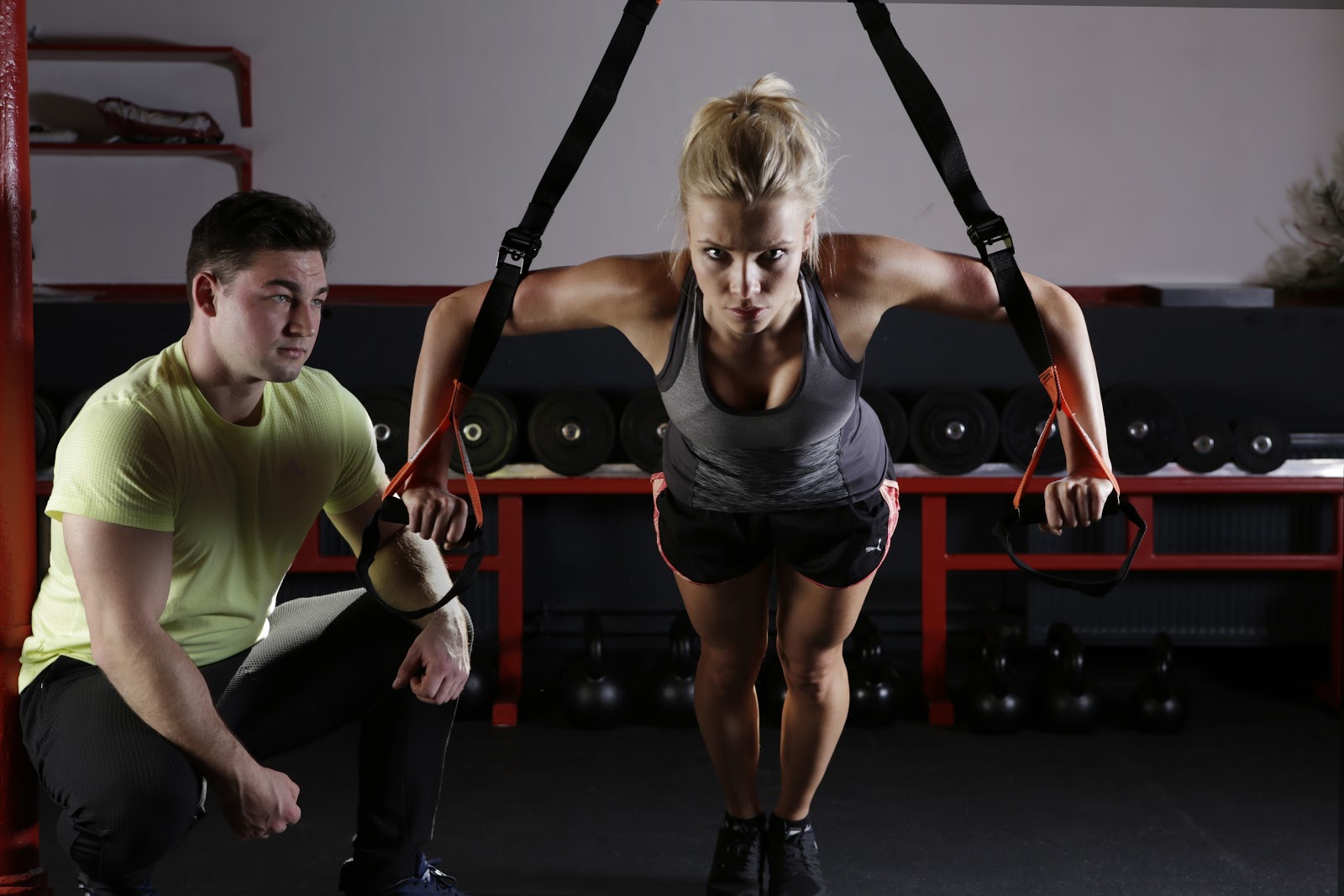
Since you need to increase your intensity over time, it’s best to plan your workout accordingly. This means you need to plan weekly to check when you need to move from beginner exercises to intermediate. You also need to plan it with your personal schedule so that no workout session or rest day will be compromised. If you’re a beginner, it’s best to plan with a personal trainer or a health coach.
Besides that, planning weekly will let you monitor your improvements. This is a great way to check how you started and when to increase the intensity. It’s also helpful to form a good habit to optimize your workout routine. Getting a habit of doing a weekly workout will avoid the feeling of it being a chore rather than something that is good for you. So, always make sure to have a weekly plan.
Add a weekly diet plan to your workout plan and you’ll see the better results faster! Always remember that a great body is 90% of the equation. Have a great workout routine and a great diet plan. Always plan wisely!
The results...

Now that you know all the things that you need, if done correctly you’ll see the results in as little as a month. If you are focused on strength solely, you can see a 10% increase in what you can lift each month for the first four to six months. For endurance, you can see results after four to eight weeks of continuous workout sessions. Results on your cardio will show pretty quickly after a month.
In a few weeks, you’ll notice a huge difference in the simple things like being less winded when you climb the stairs or ran to make sure you catch the train. Your metabolism will also change in a few weeks as it adapts your new active lifestyle. You may tend to eat more due to all the calories you lost but remember, you stick to your diet plan and everything will be good.
After a month of working out, you’ll notice that you sleep better and you sweat easily. This is because your heart and lungs are already adopting your new lifestyle. Although, the result may vary per person or per goal, but it will still boil down to how you did it.
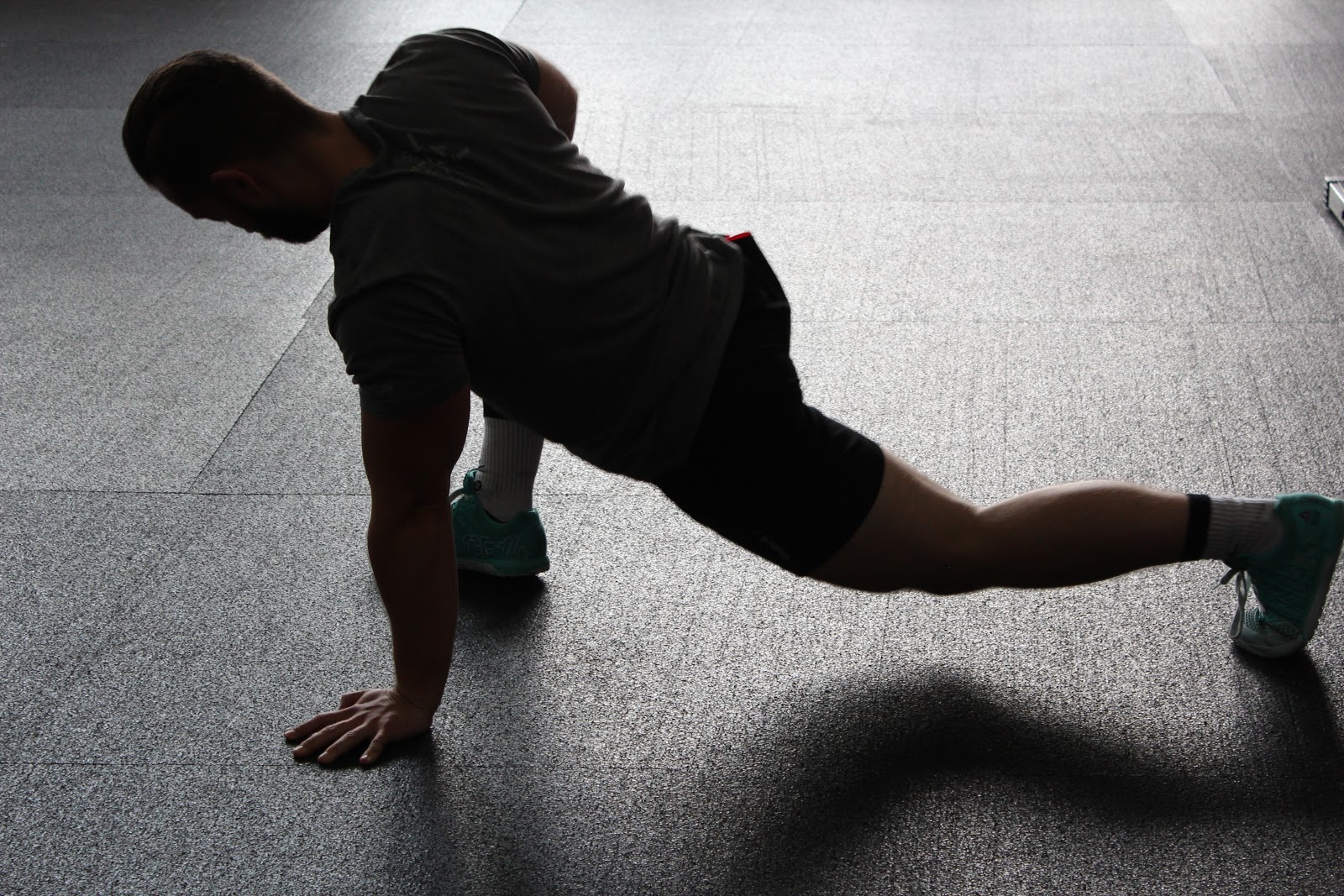
Conclusion
Now that we got that all settled. We trust that you’ll follow all this information to help you achieve the body that you want. This can be applied whether you want to be buff, lean, faster, stronger or healthier.
Just put discipline to it, don’t rush, and do it smartly. As long as you’re also doing this under a health coach or a fitness instructor especially if you’re a beginner then you are on the right path.
Want more from us?
BEST INDOOR CARDIO MACHINE FOR WEIGHT LOSS
10 TIPS FOR SETTING UP A SMALL HOME GYM
